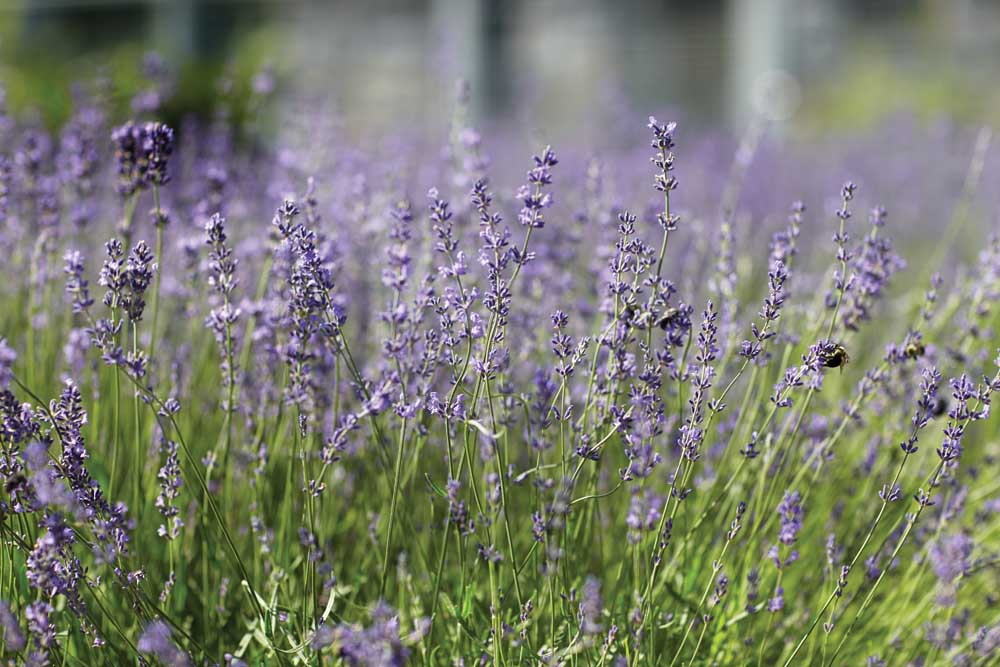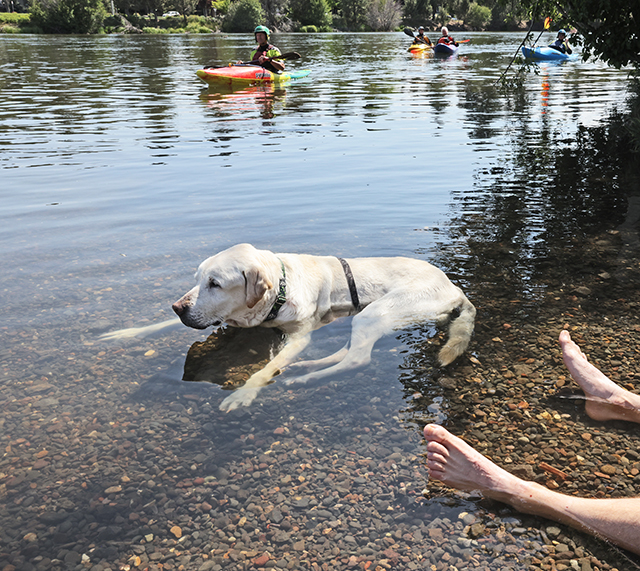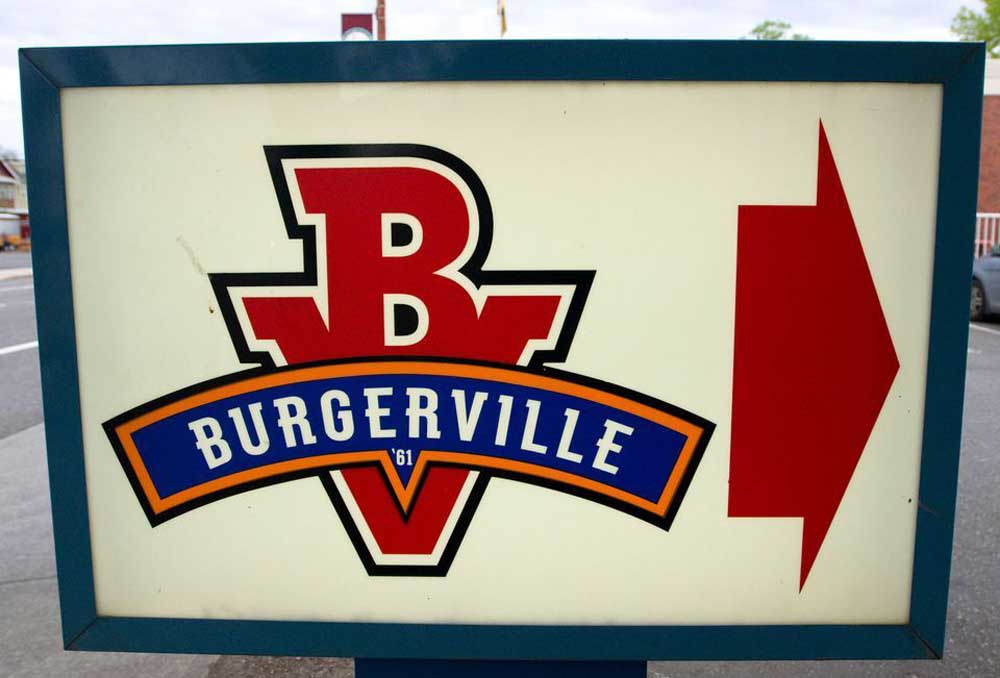My father’s lavender
Published 12:00 am Tuesday, May 31, 2016

- JosÈ Picayo / Martha Stewart LivingMarthaís lavender thrives in well-drained soil and full sun, blooming for about two months starting in late May or early June.
When a jar of seeds collected by my dad decades earlier turned up in an old desk drawer, I planted them, uncertain if they would ever grow. Now, lush rows of this beloved herb fill the air with a soft scent each summer, reminding me of the man who taught me to garden.
My father, Edward Kostyra, was a fine gardener. He diligently tilled the soil in our one-fifth-acre backyard in Nutley, New Jersey, each spring to grow as many different kinds of plants — mostly vegetables — as he could. He had terraced our long backyard by hand into a two-level garden, supporting the upper level with a brownstone rock wall. The stones for his 8-foot retaining wall were found during his excavation of the yard, and there were plenty of stones to be had.
Somewhere, in a book or magazine, Dad had seen a broad row of lavender atop a wall, which encouraged him to plant a 100-foot hedge of homegrown lavender plants to highlight this beautiful divider. It took only a year for the plants to fill the space with hundreds of purplish-blue flower spikes, and they remained there for as long as I can remember.
The harvest of the flowers took place annually in August, and the method Dad used is demonstrated below. I don’t know if he learned to harvest from someone or just made up his own method, but we always had lavender sprigs for bouquets, an abundance of loose flowers for sachets and lots of seeds to share with friends.
I so enjoyed the ritual of picking lavender and tying it into neat bunches to tuck into the corners of closets or hang on door handles or sconces in our house. One year — 1964 — Dad stored some seeds in a small jar and labeled it. The jar found its way into a drawer of an old secretary. And there it remained until my youngest sister, Laura Plimpton, uncovered it decades later, in 2014.
Dad had told us as children about the legend of seeds that the pharaohs stored in their burial tombs — seeds that could still germinate, although at a reduced rate. Ryan, my gardener, and I planted a few trays of these lavender seeds that autumn in the greenhouse, hoping that they would sprout and produce the same sort of healthy plants that adorned our Nutley garden.
I must say, Dad would be so pleased, so proud, to see his lavender blooming so happily and vibrantly in my Bedford gardens. I am sure he would be equally happy to know that I remembered his techniques for drying the cut flowers. I know I am.
Drying lavender
Lavender is cultivated in many parts of the world (France, Spain, England, India and Australia, where it has even become somewhat invasive) as a commercial crop for extracts and oil for perfumes and bath products. To capture the most fragrance, harvest stems when the flowers have just started to open. Then use them to gently scent your rooms.
1. MAKE A BUNDLE: Gather lavender sprigs that are approximately 6 to 8 inches long. Remove the foliage; align the stems so the flower heads are even. (Bunches should be about 1-inch thick.)
2. TIE WITH TWINE: Wrap raffia tightly around the stems, crisscrossing as you go down. Knot the raffia at the end, leaving an inch of stem exposed and enough raffia loose to hang up the bundles.
3. TRIM THE ENDS: For a neat appearance, cut the ends with a very sharp clipper, so the sprigs are all the same length.
4. HANG TO DRY: Hang bundles upside down in a cool, well-ventilated, dry location, out of direct sunlight — a quilt stand makes an excellent rack. They should be dry after a week or so.






